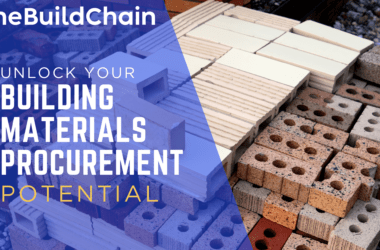Balancing cost and quality when sourcing construction materials is crucial for ensuring the success of a project. Here are some strategies for striking the right balance.
Define project requirements
Clearly define the specifications and requirements for each construction material needed for the project. This includes performance standards, durability, lifespan, and any regulatory requirements. Understanding these requirements will help in assessing the quality needed for each material.
Conduct market research
Research the available options for construction materials in the market. Compare prices, quality, and suppliers to understand the range of options available. Consider factors such as reputation, reliability, and track record of suppliers in delivering high-quality materials.
Evaluate total cost of ownership
Consider not only the upfront cost of materials but also the long-term costs associated with maintenance, repairs, and replacement. Sometimes, investing in high-quality materials upfront can result in cost savings over the lifespan of the project due to reduced maintenance and replacement expenses.
Quality assurance & standards
Ensure that the selected materials meet relevant industry standards and certifications. Quality assurance processes should be in place to verify the quality of materials received from suppliers. Working with reputable suppliers who adhere to quality standards can mitigate the risk of receiving substandard materials.
Supplier relationships
Cultivate strong relationships with suppliers who prioritise quality and reliability. Open communication and collaboration with suppliers can help in negotiating favourable pricing while maintaining quality standards. Long-term partnerships with reliable suppliers can also lead to better deals and discounts.
Value engineering
Explore value engineering opportunities to optimise costs without compromising quality. This involves analysing alternative materials or design solutions that offer similar performance at lower cost. Engage with architects, engineers, and suppliers to brainstorm cost-saving ideas while meeting project requirements.
Risk management
Consider the potential risks associated with selecting lower-cost materials, such as quality defects, delays, or safety hazards. Conduct risk assessments and implement risk mitigation strategies to address these concerns. It’s essential to strike a balance between cost savings and risk management to avoid cost disruptions during construction.
Long-term sustainability
Factor in the sustainability of construction materials when making procurement decisions. Sustainable materials may have higher upfront costs but can contribute to environmental goals and may offer long-term benefits such as energy efficiency or reduced carbon footprint.
By following the strategies outlined above, construction professionals can effectively balance cost considerations with the quality requirements of construction materials, ultimately ensuring the success and longevity of the project.




